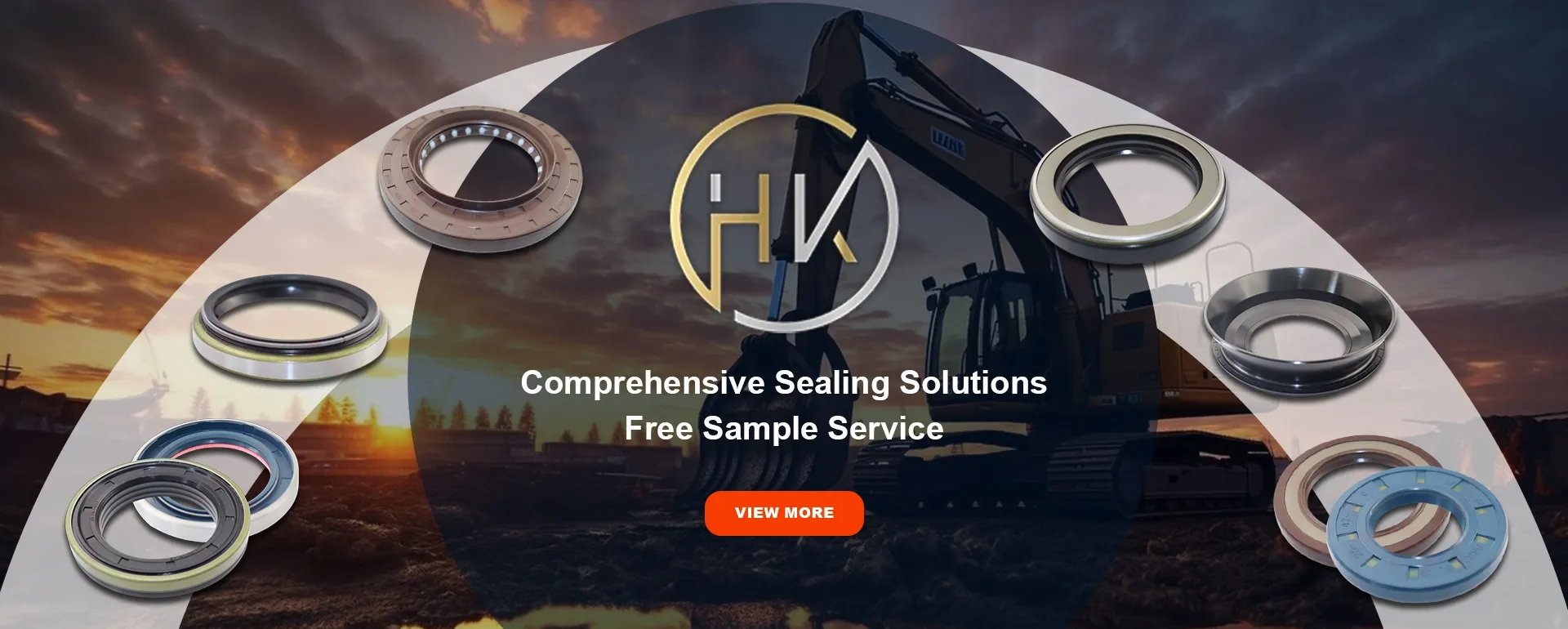Nov . 10, 2024 02:15 Back to list
Understanding the Importance of Shaft Oil Seals in Machinery Performance and Maintenance
Understanding Shaft Oil Seals Importance and Applications
Shaft oil seals, also known as rotary seals or oil seals, are critical components in various machinery and automotive applications. These seals are designed to prevent the leakage of lubricants and fluids from rotating shafts, protecting the internal components of machines from contaminants such as dirt, dust, and moisture. This article will delve into the functions, construction, types, and applications of shaft oil seals.
The Function of Shaft Oil Seals
The primary function of a shaft oil seal is to contain lubricating oil or grease within the machinery while preventing external contaminants from entering. This is crucial for maintaining efficient operation and prolonging the life of both the lubricants and the equipment. The seal effectively creates a barrier that minimizes friction between the moving parts, which, in turn, reduces wear and tear and contributes to lower operational costs.
In machinery, oil seals also serve a dual purpose by assisting in maintaining pressure in systems that require it, thereby ensuring optimal performance. Inadequate sealing can lead to lubricant loss, resulting in increased friction and heat generation, which can lead to failure of the machinery over time.
Construction of Shaft Oil Seals
Shaft oil seals typically comprise three main components the sealing element, the metal casing, and the spring.
1. Sealing Element This is the heart of the oil seal, usually made from elastomers such as rubber or polyurethane. The sealing lip, which contacts the shaft, is often designed to deform slightly under pressure, ensuring a tight fit and effective sealing.
2. Metal Casing This component provides structural support to the oil seal and aids in installation. The casing is often made of steel or other resistant materials to withstand environmental conditions.
3. Spring Many oil seals are equipped with a spring that applies constant pressure to the sealing lip. This feature helps maintain contact with the shaft surface even as it wears down slightly over time, thus ensuring continued efficient sealing.
Types of Shaft Oil Seals
Shaft oil seals come in various designs to suit different applications. Some common types include
shaft oil seal

- Single Lip Seals These seals have a single sealing lip and are typically used in applications where one direction of sealing is required. They are easier to install and cost-effective for basic requirements.
- Double Lip Seals Featuring two sealing lips, these are designed to provide better protection against contaminants and can hold oil more effectively. They are commonly used in more demanding applications where preventing leakage is critical.
- Mechanical Face Seals These seals are used in more advanced applications where high pressures or extreme conditions occur. They offer superior sealing capabilities compared to traditional oil seals and are often used in hydraulic systems.
Applications of Shaft Oil Seals
Shaft oil seals find applications across various industries
1. Automotive Industry In vehicles, oil seals are used around crankshafts and camshafts to prevent the leakage of engine oil. They are essential in ensuring the longevity and efficiency of automotive engines.
2. Industrial Machinery Oil seals are vital in machines such as pumps, gearboxes, and compressors, where they help maintain lubrication while preventing the ingress of dust and moisture.
3. Aerospace In aviation, oil seals play a crucial role in ensuring the reliable operation of systems that require fluid containment under demanding conditions.
4. Consumer Appliances Many household appliances also utilize oil seals to ensure smooth operation and longevity, including washing machines and refrigerators.
Conclusion
Shaft oil seals are indispensable components in many mechanical systems, playing a critical role in maintaining efficiency, performance, and longevity. Understanding their construction, types, and applications is essential for anyone involved in machinery maintenance or design. As technology advances and machinery becomes more sophisticated, the importance of robust sealing solutions will only continue to grow. Proper selection, installation, and maintenance of these seals can lead to better performance outcomes and reduced costs across various applications.
-
TCN Oil Seal Metal Ring Reinforcement for Heavy Machinery
NewsJul.25,2025
-
Rotary Lip Seal Spring-Loaded Design for High-Speed Applications
NewsJul.25,2025
-
Hydraulic Cylinder Seals Polyurethane Material for High-Impact Jobs
NewsJul.25,2025
-
High Pressure Oil Seal Polyurethane Coating Wear Resistance
NewsJul.25,2025
-
Dust Proof Seal Double Lip Design for Construction Equipment
NewsJul.25,2025
-
Hub Seal Polyurethane Wear Resistance in Agricultural Vehicles
NewsJul.25,2025
-
The Trans-formative Journey of Wheel Hub Oil Seals
NewsJun.06,2025
Products categories
















